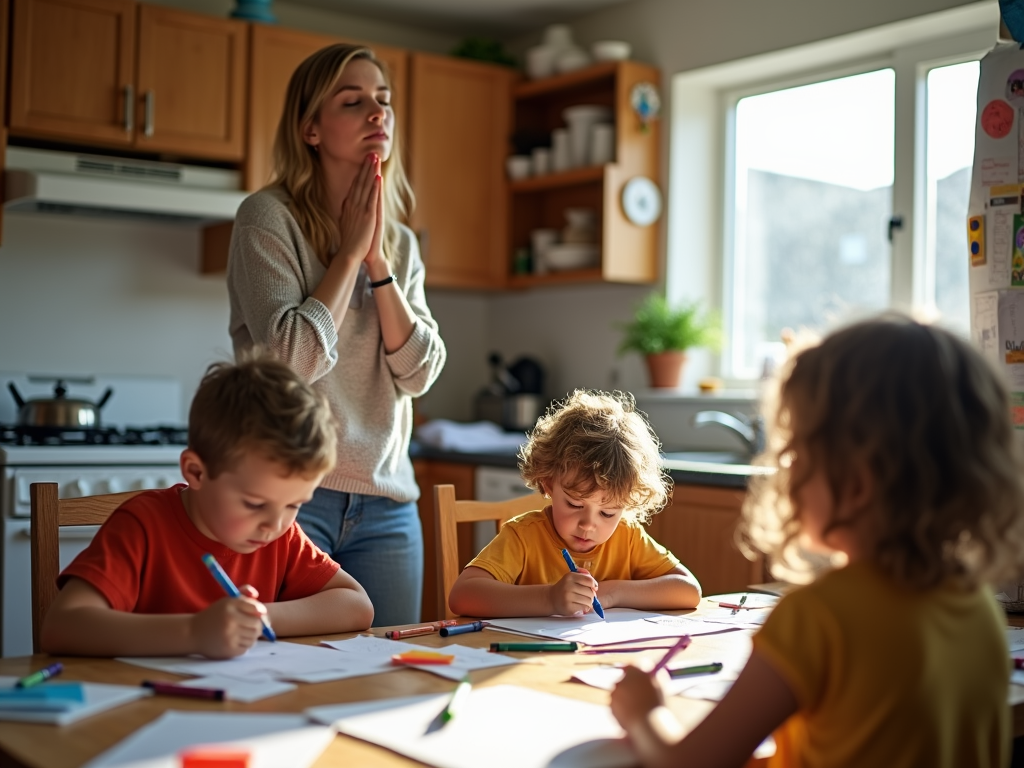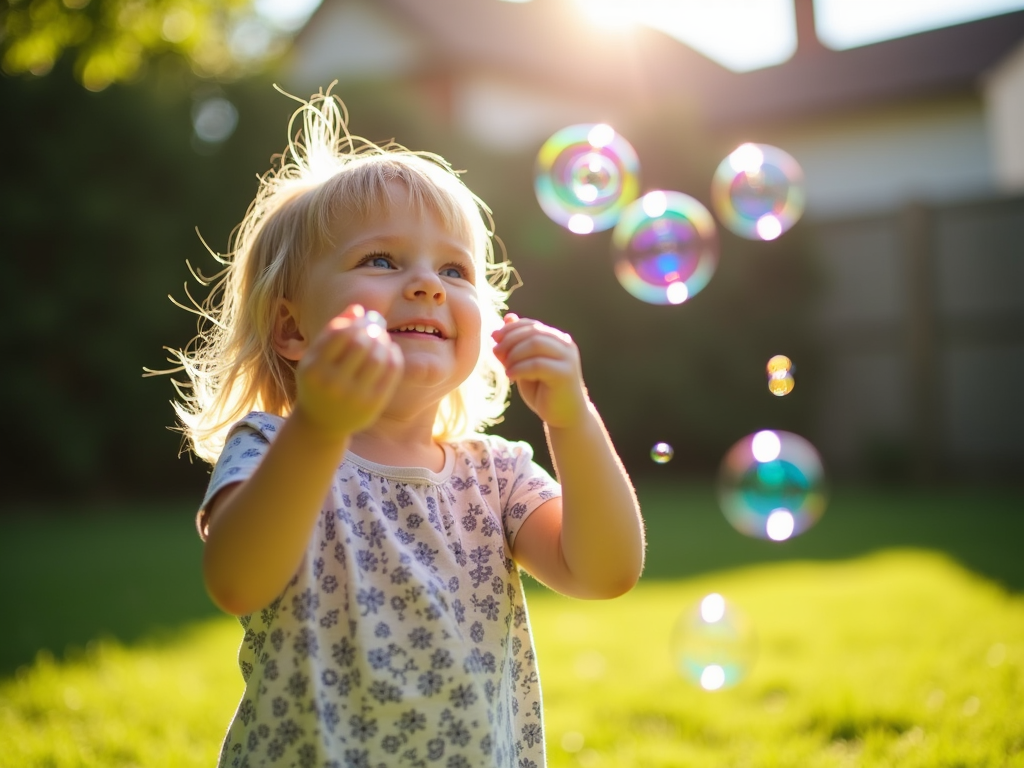Overview
In a world full of distractions, teaching mindfulness to your children can be a game-changer. This article dives into simple, effective ways to help kids stay present, manage emotions, and find calm. With personal stories and actionable tips, you’ll learn how to bring peace to your family.
What Is Mindfulness and Why It Matters for Kids
Mindfulness means paying attention to the present moment without judging it. For children, this skill can boost focus, ease stress, and help them handle big feelings. Studies show kids who practice mindfulness often do better in school and feel happier at home. As a parent, you can guide them to this calm space, creating a stronger bond along the way.

Getting Started: Lead by Example
Kids watch everything you do. If you want them to embrace mindfulness, start with yourself. Take a few deep breaths before responding to a tantrum, or pause to enjoy a quiet moment. I learned this the hard way—rushing through days left me frazzled and my kids cranky. Once I slowed down, they followed. Your calm sets the tone for the whole family.
Fun Ways to Teach Mindfulness
Mindfulness doesn’t need to feel like a chore. Here are some easy, kid-friendly ideas:
- Breathing Buddies: Have your child lie down with a stuffed animal on their belly. Ask them to breathe slowly, watching the toy rise and fall. It’s a playful way to focus on breath.
- Sensory Hunt: Go outside and ask them to name three things they see, hear, and feel. This pulls them into the moment.
- Story Time Pause: While reading, stop and ask how they’d feel in the character’s shoes. It builds awareness of emotions.

A Personal Story: Breakfast Turned Peaceful
One hectic morning, my kitchen was a mess—spilled cereal, whining kids, and a ticking clock. Instead of yelling, I tried something new. We sat down, picked up our spoons, and took a minute to smell the oatmeal, feel its warmth, and taste it slowly. The chaos didn’t vanish, but it softened. My kids giggled instead of groaned, and I felt less like a referee. That’s when I knew mindfulness could work for us.
Daily Habits for Mindfulness
You don’t need extra time—just weave mindfulness into what you already do. At bedtime, try a quick body scan: guide your child to relax their toes, then legs, all the way up. During car rides, play “I Spy” with sounds instead of sights. These tiny habits build focus and calm without much effort.

Mindfulness for Parents: Finding Calm in the Chaos
Parenting is tough, and stress sneaks up fast. Mindfulness helps you stay steady. Before reacting to a spill or scream, take three slow breaths. It’s not magic, but it gives you space to respond instead of explode. I’ve found this trick cuts my stress in half—and my kids notice the difference too.
Strategies for Stress-Free Parenting
Here’s how to keep your cool:
- Pause and Breathe: A quick break before answering a “why” question can change your tone.
- Let Go of Perfect: You won’t always get it right. Laugh it off and move on.
- Team Up: Practice mindfulness together—it’s less pressure and more fun.
These steps lighten the load and make parenting feel less like a battle.

Holistic Approaches to Family Wellness
Mindfulness isn’t just for kids—it’s a family affair. Try these ideas to bring everyone closer:
- Group Stretching: Do simple stretches together in the morning. It wakes up your bodies and minds.
- Nature Breaks: Walk outside and point out birds or clouds. It’s free and refreshing.
- Thankful Moments: Share one thing you’re grateful for at dinner. It shifts the mood upward.
These habits build a healthier, happier home.
Overcoming Challenges
Not every day will be smooth. My son once declared breathing exercises “boring.” I didn’t push—instead, we switched to blowing bubbles and watching them float. He didn’t realize it, but he was still practicing mindfulness. Meet your kids where they are, and tweak the plan as needed.

Tools to Make It Stick
Try these to keep mindfulness alive:
| Tool | How It Helps |
|---|---|
| Calm Jar | Shake it, watch it settle—calms kids fast |
| Reminder Bell | Ring it to pause and breathe |
| Feelings Chart | Helps kids name emotions simply |
These props turn abstract ideas into something kids can touch and see.
Family Wellness: The Bigger Picture
When everyone practices mindfulness, your home feels different. Arguments shrink, patience grows, and you connect more. It’s not about being perfect—it’s about being present. Over time, these small steps create a ripple effect of calm and care.

Summary
Teaching mindfulness to your children opens the door to a calmer, more connected family life. Start with small, fun activities, lead by example, and weave it into your days. You’ll help your kids grow stronger emotionally while finding your own peace. Dive deeper with the readings below—they’re worth your time.
Discuss Here